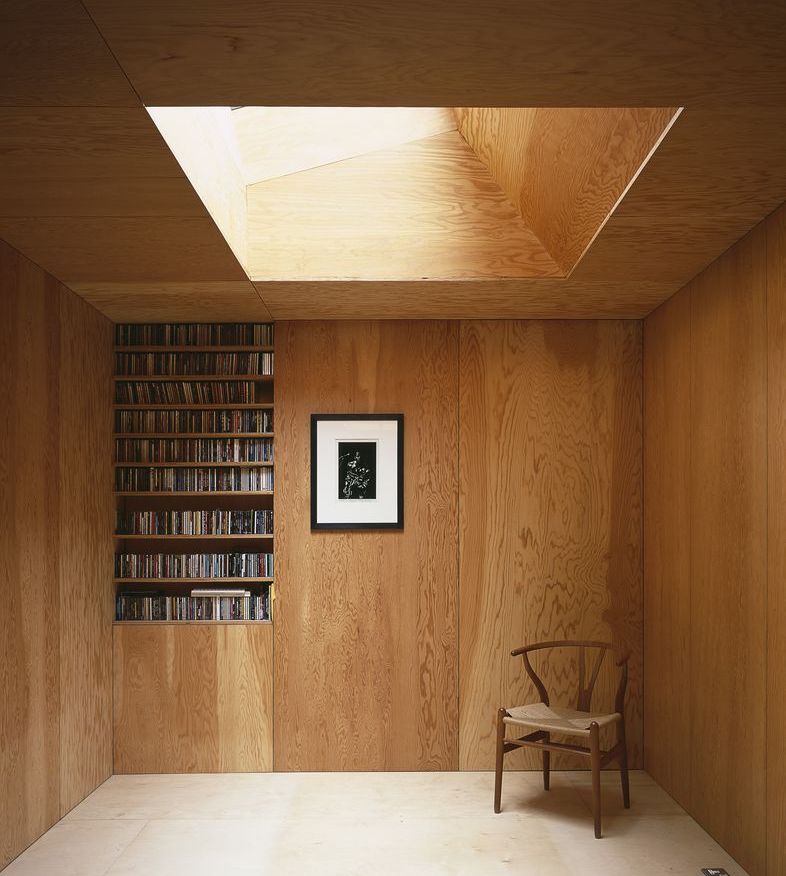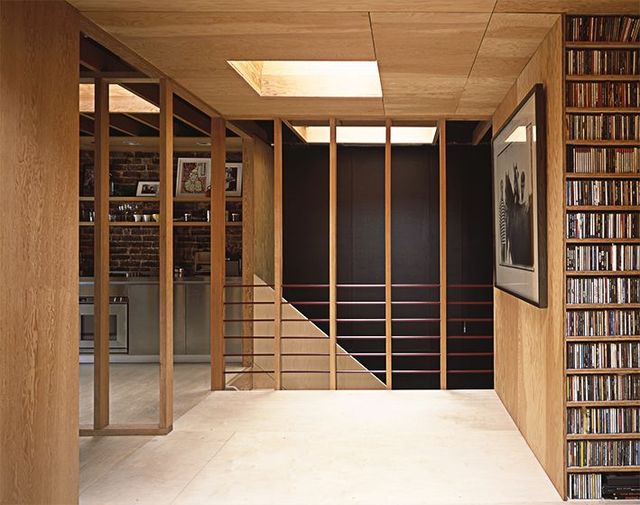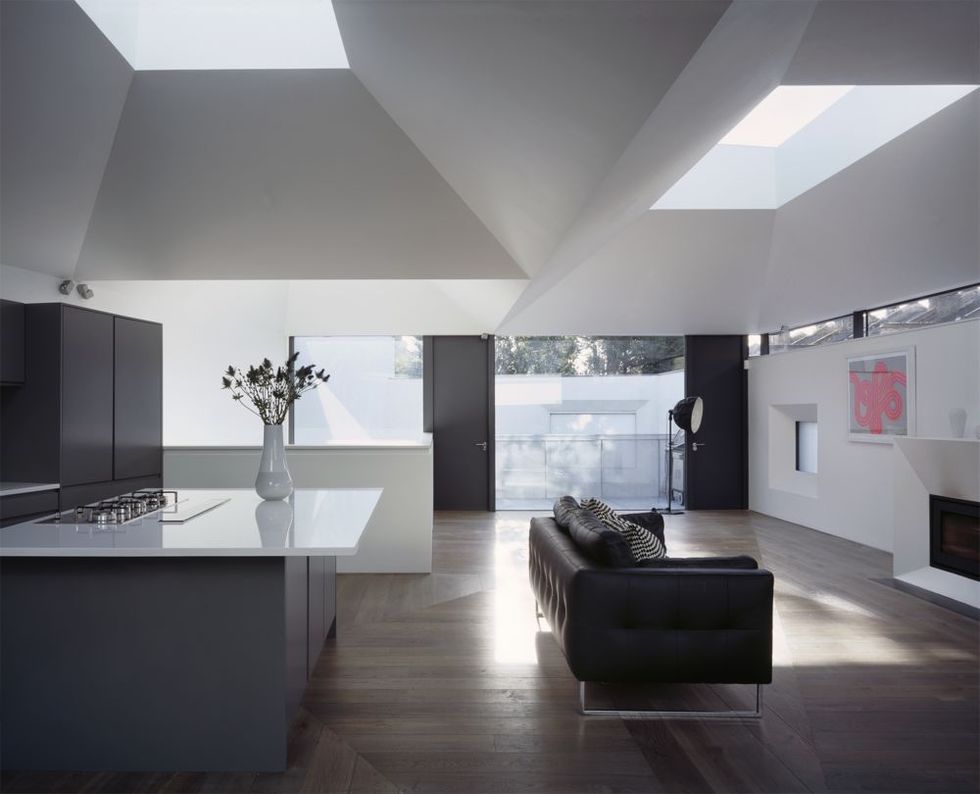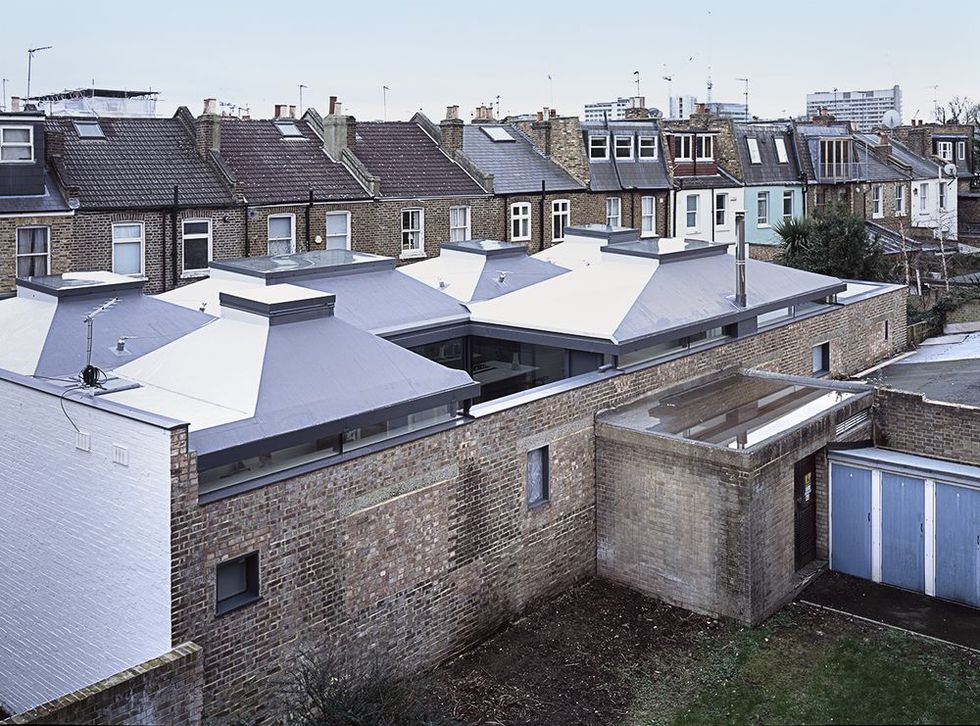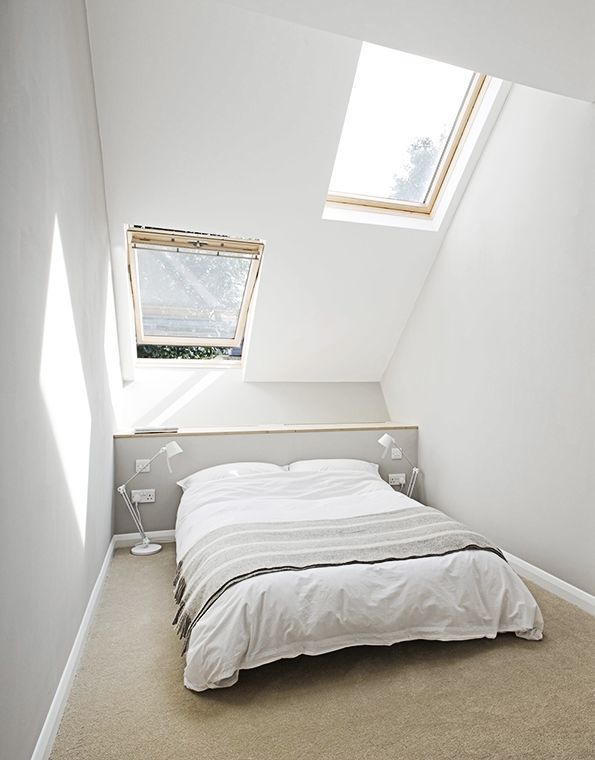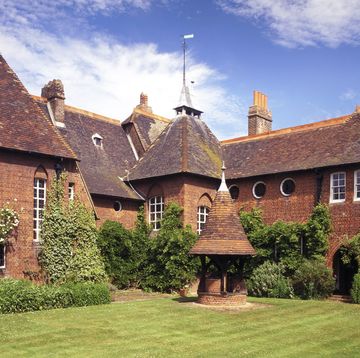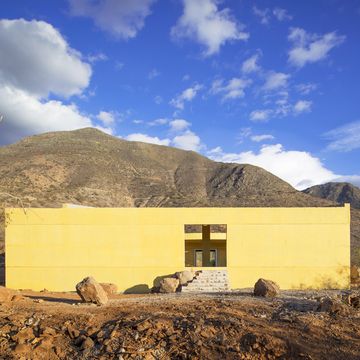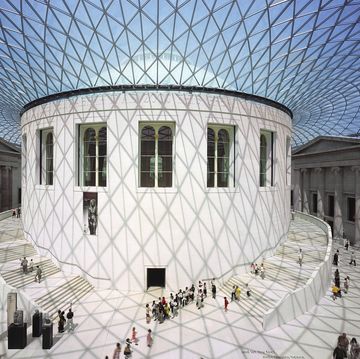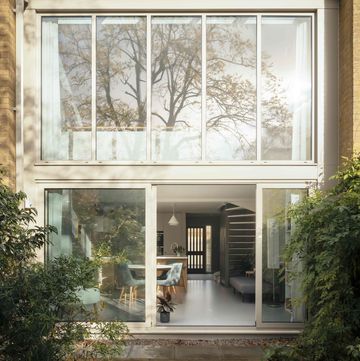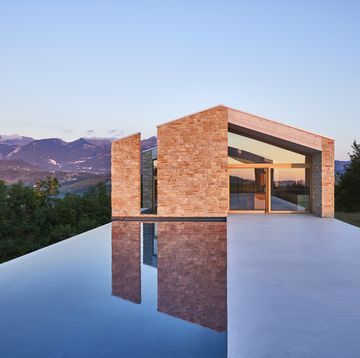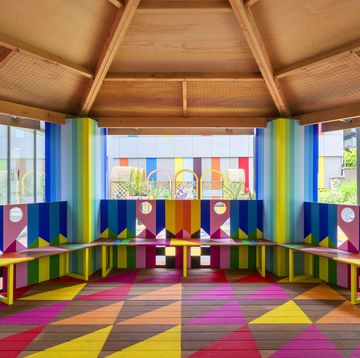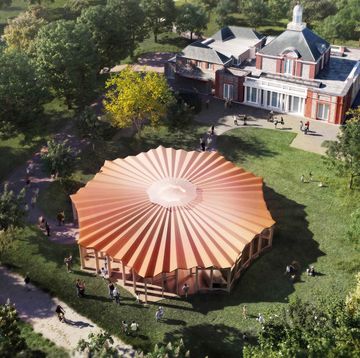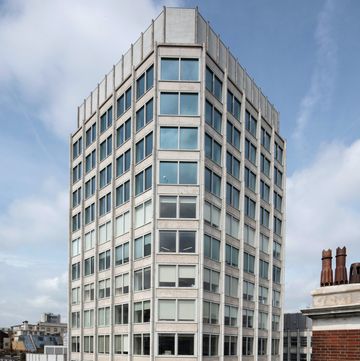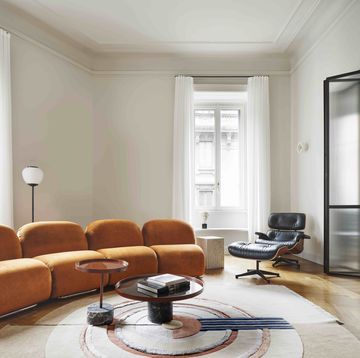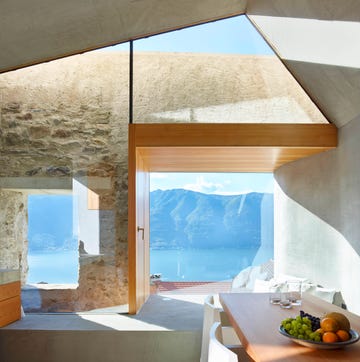Every home would benefit from more natural light. In fact, a well-placed skylight or light well can completely transform an interior. And, from bespoke creations to off-the-shelf options, there’s an abundance of choice available. We spoke to the architects behind three very different projects to find out what’s possible and how you can do it too.
The sunny solution for a period property
Allowing original design features to shine through was key when developing Frame House, a dark but characterful mews property in Holland Park, London. Nic Howett of architecture firm Jonathan Tuckey Design outlines the key issues to be aware of when adding skylights to a period property.
Why did you choose to use skylights? This home already had skylights built in, but they were small and didn’t deliver much sunshine. Due to the listed status of Frame House, and the fact that it is located in a conservation area, we were unable to introduce new skylights to the building. Instead we had to improve what was already there, increasing the size of the existing lights.
What type of skylight did you opt for? We chose to go with ‘Neo’ frameless skylights by The Rooflight Company, which are designed to sit flush with the roof, limiting their impact on the look of the house.
Was there anything you had to consider when installing them? As Frame House is an old building there were complications to consider: the light wells had to be carefully positioned within the existing timber joists, and had to align perfectly with the joints in the timber-lined ceiling.
Apart from light, what do they add to the property? Atmosphere! The Douglas Fir plywood cowls around the skylights direct light to specific areas in the rooms, creating ambience and mood. The overall effect is made even more bright, airy and spacious thanks to the exposed beams and timber framework – which replaced the original walls – on the first floor (pictured above).
Was there anything about the project that you didn’t expect?As more of the original skeleton of the building was revealed during construction we incorporated it into the final scheme, making a feature of the original timbers.
The bright problem-solving design
Located on an ex-industrial site, Vaulted House is an unusual property in Hammersmith, London, that has used a series of ingenious vaulted skylights and light wells to create a sculptural ceiling and overcome a lack of light. Charlie Chatfield from architecture firm vPPR explains how it was done.
Why did you choose to use skylights and which ones did you pick? We weren’t allowed to put in any eye-level windows because they would overlook existing houses [the property is built right up against garden walls] so skylights were essential. We chose lots of standard-sized and small skylights rather than one single piece of glass, which helped to keep the overall costs down.
What should you consider when installing them? Think about exactly how you want to use your space. It made sense for the main living room in this build to occupy the large, open-plan area on the upper floor, as this is where the big skylights are situated. Meanwhile, we used smaller light wells to channel shafts of daylight into each of the bedrooms on the lower floor, which would otherwise have no source of natural light
What do the skylights add to the property and how do they influence the space? The vaults in the ceiling (each crowned with a skylight) provide a very sculptural look, while also helping to zone the largely open-plan space. Different areas are spotlighted in the morning and afternoon, which works for the owners (who have particular areas they like to relax in throughout the day). The vaults also help to diffuse the light so that it always feels really bright.
Were there any challenges with this build? The ceiling looks simple but was actually very complicated to construct. There are so many layers to it, as well as steel supports that had to be disguised.
The light and spacious rear extension
The owners of Slim House, a narrow property in Clapham, south London,
wanted to extend their home and bring in more light. The co-founder of Alma-nac, Tristan Wigfall, explains how adding smart skylights and a light well to the property’s uniquely sloping roof did exactly that.
Why did you choose to use skylights? We had first developed the idea of a dramatically sloping roof for the rear extension, then we settled on skylights as a way to provide framed views of the outside from every floor of the house.
What type of skylight did you opt for? It was really important that they sat as neatly and as flush with the ceiling as possible, so for this project we went for manually operated centre pivot skylights by Velux. We chose standard sizes, except for the large skylight that sits directly above the dining area – that one was a bespoke creation.
What do you have to consider when installing them? It’s important to think about the orientation of your roof – if the glass is south-facing there’s a risk of your room becoming too hot. If your window is very high up, you may need to opt for an automated, remote-controlled skylight (these cleverly open when the temperature rises and close if it rains).
What are the benefits? In Slim House, the skylights provide both views of the sky and horizontally across the garden. Views of the horizon create a really enhanced sense of spaciousness, while skylights placed above the staircase act as a light well, brightening the house from within.
Was there any result of the project that you didn’t plan for? I didn’t expect the skylights to have such an effect on the overall look of the outside of the building. The staggered arrangement has really played with the scale of the house.
This article appeared in the November 2016 issue of ELLE Decoration.
Like this article? Sign up to our newsletter to get more articles like this delivered straight to your inbox.
Keep your spirits up and subscribe to ELLE Decoration here, so our magazine is delivered direct to your door.
